Dampers tune Ice-hand bike and increase speed by 50%
- Details
- Hits: 7485
Handbikes are the Formula 1 cars among wheelchairs. For this reason, modern sports equipment for disabled people has also replaced classic wheelchairs in city marathons. This applies all the more the more the focus is on sporting competition. However, on rain-soaked roads, these vehicles sometimes run into problems in the curves. Dutchman Ad Aarts has developed such a handbike specifically for artificial and natural ice rinks. These are braked Oil brakes from ACE.
Contents
Drive appropriately in the curve
It's easy to understand that the handbike also had massive difficulties when cornering, to stay the course on the ice. Anyone who has ever driven a car on icy roads knows the unpleasant feeling when cornering. This refers to the feeling of not having XNUMX% control over your car and being exposed to the risk of understeering or oversteering when accelerating. Technical aids such as ABS or cornering assistants have defused these situations somewhat, but the speed is still significantly reduced in such conditions. The term “adapted driving” is no coincidence.
That's pretty much how you had to imagine it if Ad Aarts was traveling with his ice handbike. As long as he drove straight, he could maintain a consistently high speed on the ice. As soon as we entered a curve, the speed was only 13 to 14 km/h. Every km/h over that caused his homemade handbike to break away. For someone like this model athlete, who wants to take less than 200 hours on ultra-long distances of 11 km, this is unacceptable.
 Calculate, design and order gas cable and gas pressure springs
Calculate, design and order gas cable and gas pressure springs
Not only did Aarts lose time in the corners, accelerating out of the corners also proved to be a limiting factor - in two respects. Not only does it take a while for his vehicle to reach optimal speed again, but he also wastes energy unnecessarily on the way there. The same applies to the almost ten pit stops that Ad Aarts makes for tours around 200 km planned. In contrast to Formula 1 races, no new tires are fitted but batteries are replaced, which protect the paraplegic athlete from frostbite on his legs. Although this process takes place just as quickly as changing a tire in Formula 1, it still reduces the average speed.
Design optimized with oil brakes
 Ever since Ad Aarts started working with ice handbikes, cornering has been problematic for the reasons mentioned above. That's why he had technical support when he first converted a standard handbike model for riding on ice.
Ever since Ad Aarts started working with ice handbikes, cornering has been problematic for the reasons mentioned above. That's why he had technical support when he first converted a standard handbike model for riding on ice.
At that time he sat up Industrial gas springs as they are used when opening small hoods, lids or flaps. Without them, even his cornering speed of up to 14 km/h would not have been possible. But Ad Aarts wanted more. He didn't like the unstable cornering position when using the gas springs.
For this reason he turned to the ACE Shock GmbH, more precisely to their company-owned sales department in the Netherlands. The on-site expert, Han Titulaer, suggested two oil brakes with separating pistons. Normally, oil brakes serve to ensure a constant feed rate along their stroke when high impact speeds do not occur.
According to the different sizes, the closed, hydraulic and adjustable brakes large force ranges. They range from 50 N to 1800 N. Normal applications of these machine elements include: B. drilling thin sheets or sawing aluminum and plastic profiles to generally avoid tool breakages. The type used in the Netherlands, however, is a special model of a gas-filled oil brake, which is listed by ACE under the name “HB-22-150-EE-NT-200N”.
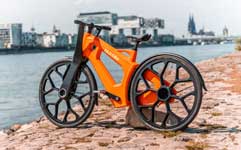 World's first urban bike made from recycled plastic
World's first urban bike made from recycled plastic
Normally the abbreviation “HB” stands for the Langenfeld company Hydraulic brake cylinders. Because of their similarity to these machine elements, special solutions for oil brakes are often referred to under this product name. Why is this solution so suitable in this case?
It is due to the possibility of leveling out an inclined plane in the horizontal area. Because the Ad Aarts seat tilts over in the curves 10 to 15 degrees. The subsequent return to the horizontal area allows exactly the combination of oil brakes and gas filling, because in this case the oil brakes dampen when retracting. The gas then pushes the piston rod out again with a force of 200 N.
Higher cornering speeds realized
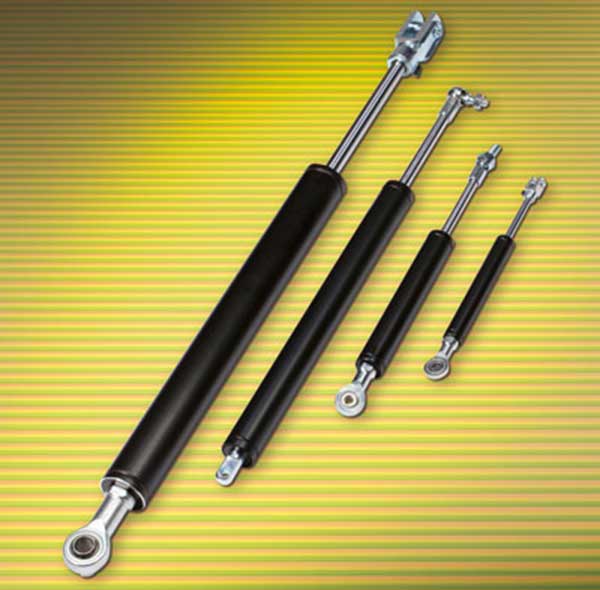 An initial test already showed how excellent the new combination solution is Stabilisator functions. Ad Aarts managed to drive through the curves in an ice rink at 21 km/h without any problems. But the ambitious athlete hoped for even more:
An initial test already showed how excellent the new combination solution is Stabilisator functions. Ad Aarts managed to drive through the curves in an ice rink at 21 km/h without any problems. But the ambitious athlete hoped for even more:
“This is because artificial ice is harder and smoother than natural ice and the curves on natural ice rinks have a slightly larger radius,” says Aarts.
To explain: its annual highlight takes place in the open air. Because in the last few years, except for the winter of 2012-2013, it has been too warm in the Netherlands for closed ice sheets in the so-called Elfsteedendaughter was, a tour that connects the eleven historic cities of the province of Friesland, an alternative was held on the Weißensee in Austria in the winter of 2013-2014.
The full potential of the new solution was supposed to be exploited here in January 2014, but even at an altitude of 930 m in Carinthia, the weather put a damper on Aart's plans.
Due to excessive snowfall, the race was brought forward a day at short notice, then the snow made the route too slow. In the given Time limit of 11 h It was impossible to think about driving a distance of 200 km. Nevertheless, Ad Aarts was able to take positive things from the day: “The cornering was great, my ice handbike was 100 percent stable.
 Devices for braking energy recuperation for electric drives
Devices for braking energy recuperation for electric drives
Nevertheless, the 200 kilometers have to come from my arms. And that simply wasn't possible due to the additional resistance of the snow. But we are optimistic for January 2015 and will compete again at the foot of the Gailtal Alps.” And if it snows heavily again, says the likeable Dutchman, then maybe there will be a technical solution from ACE for this problem at some point, a built-in snow shovel for example.
You might also be interested in...
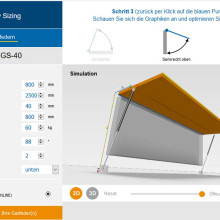
Calculate gas spring | Tips + Tools
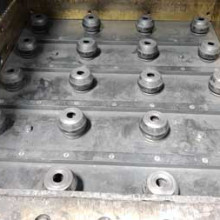
Safety dampers protect scabies sorting plant for copper

Clamping elements | Positioning, fixing, fastening
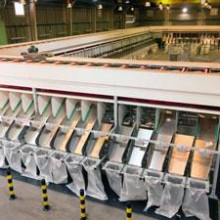
Sorting system for packet rush equipped with shock absorbers

Miniature shock absorbers and structural dampers in two linear module examples
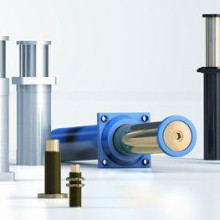
Viscoelastic shock absorbers for emergency stop

Robert Timmerberg is managing partner of Plus2 GmbH in Langenfeld.
